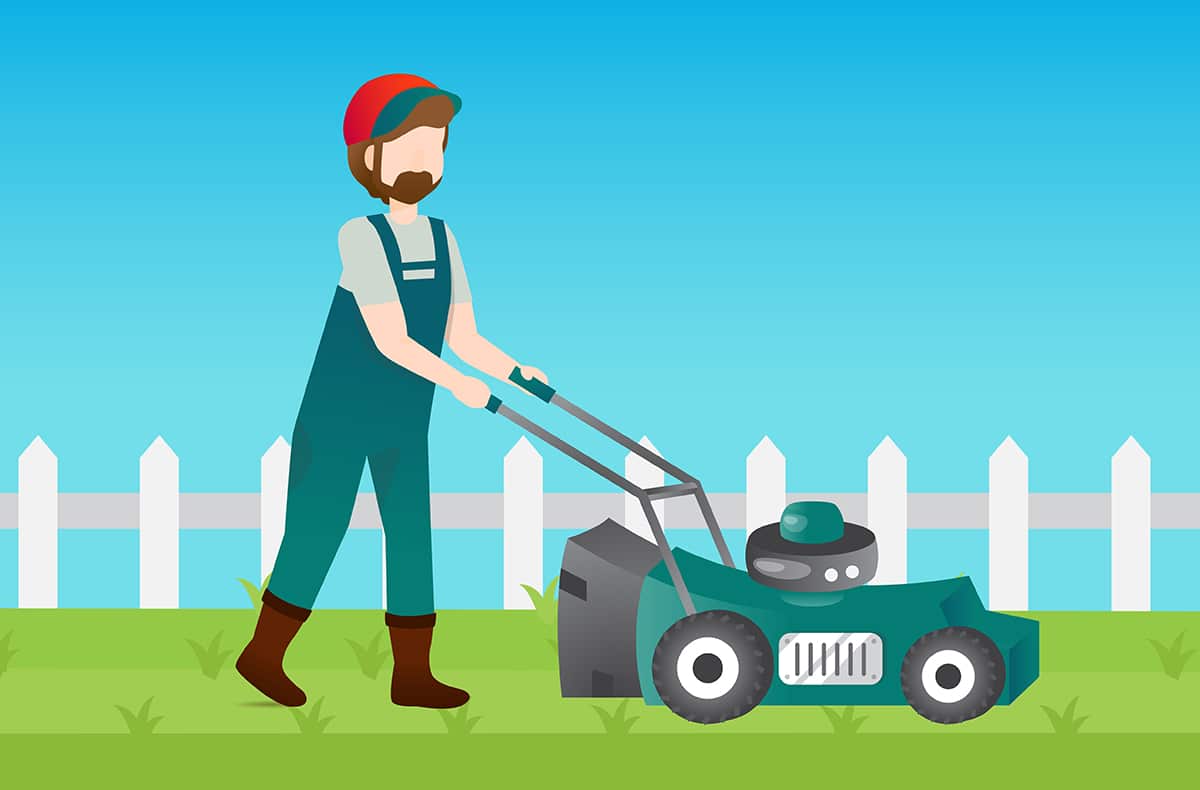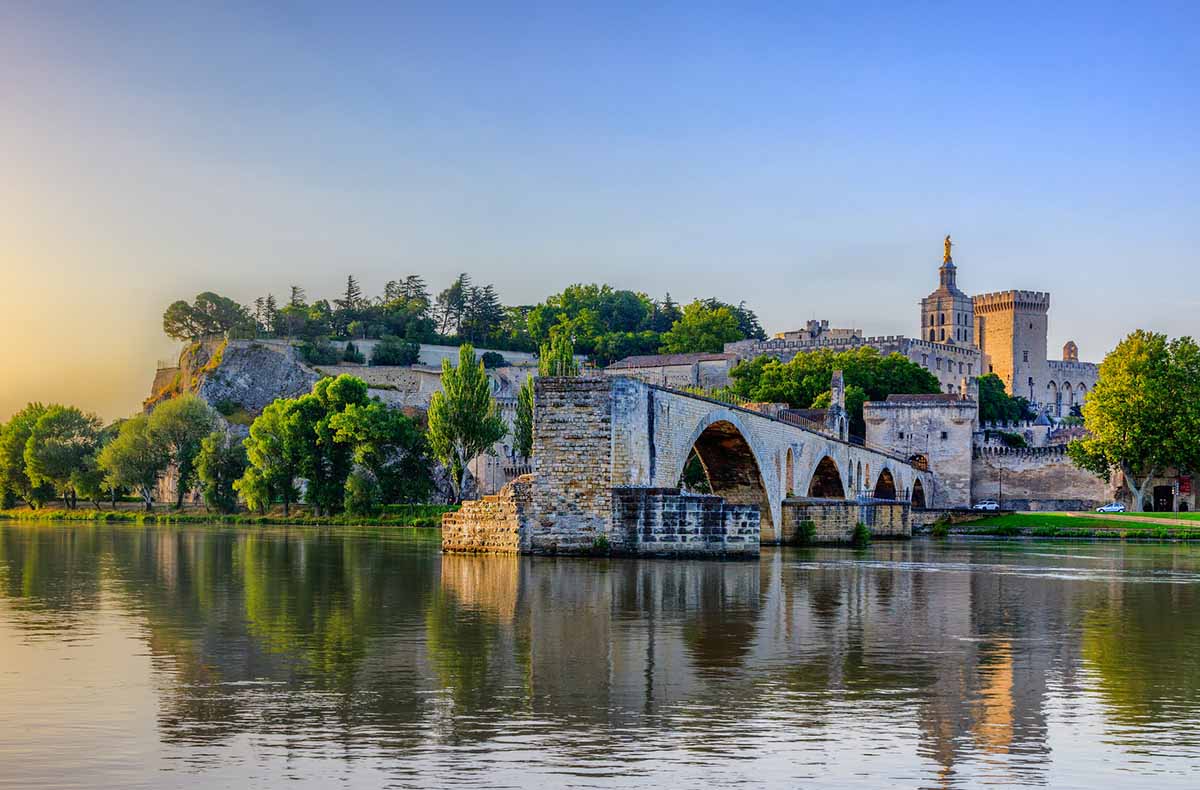
The quintessential American lawn is a tidy and handsome work of horticultural art. A neatly cropped rectangle of green sprinkled with the occasional tree or flowerbed, with its borders drawn by black asphalt driveways or just-painted wooden fences. Instantly legible and immediately recognizable as a sign that reasonable and responsible people live in this modest yet lovingly maintained home, in this nice sleepy neighborhood, in this decent and God-fearing town or suburb.
Drive past such a lawn on a summer Sunday’s early evening, and you may witness a time-honored tradition of American masculinity: the starting of the mower. The sound is what you notice first. It’s what you remember years later, too. At first, there’s a rip-pip-pip, like a lion shaking itself awake. Perhaps this abortive roar is repeated a time or two as an unseen man yanks ever harder on the engine’s drawstring. Then, at last, a mighty rip-pi-pip-pummmm — the machine is alive. Guided by its master, it will gird the household against the chaos of the coming week, both literally (in the form of dandelions and other weeds) and metaphorically (we’re getting to that).
This scene is a fond and familiar one to many people who’ve spent their childhoods, adolescences, and/or adulthoods in the post-World War II United States. This isn’t to say it’s universal — like a lawn itself, such memories tend to be possessed by some demographics more than others.
Abe Levitt, a real estate developer whose meticulously manicured mid-century “Levittowns” are widely regarded as the prototypical American suburbs, understood the power of a lawn. “It’s the first thing a visitor sees,” Levitt once said. “And first impressions are the lasting ones.” In Levitt’s case, the impression he wanted to give visitors was:
Anyone with a lawn like this must be decent and respectable, and anyone that decent and respectable must be… well, you know… let’s just say none of the neighbors like jazz music.
Black families were barred from Levittowns in the Fifties and Sixties, and while formal segregation in the United States is no longer legal—in a technical sense at least—there’s still a widespread assumption that lawns are largely the concern of the white and affluent. Reality is a little more complicated, with data from the 2022 census indicating that “a majority of major metro area residents in each race and ethnic group now lives in the suburbs,” according to the Brookings Institution, and that most suburbanites under 18 years old are people of color.
In any case, ideas about lawns and their proper maintenance have become diffused throughout the cultural sea in which all American brains float. It’s hard to keep them from sinking in, at least a little bit.
Especially for men.
American masculinity is lawn-based to an extent most of us rarely consider. Few arenas of life are so convenient for providing a public exhibition of one’s power, wealth, and physical prowess. To maintain mastery over one’s half-acre of Kentucky bluegrass demands loud and sharp-edged tools. Sometimes it requires complex irrigation systems. Always it insists upon craft and precision—set the mower’s blades too low, or wield the weedwhacker in a careless fashion, and the lawn will be scarred with evidence of one’s incompetence. A badly kept lawn is emasculating.
Of course, a well-kept lawn may also raise doubts about one’s character, albeit for different reasons. After many decades of service as the ultimate male status symbol, rumblings are beginning to arise about the dark side of lawns.
It’s not just the problematic historical legacy. The modern American lawn is almost comically bad for the environment — a 2010 article published by the Columbia Climate School cites one cringeworthy statistic after another:
- 30-40 million acres — amount of land occupied by American lawns
- 17 million gallons of fuel — amount of fuel spilled during annual refuelings (more than the infamous Exxon Valdez oil spill, as noted by the author)
- 30-60 percent – amount of urban fresh water used on lawns
- 5 percent – amount of air pollution caused by lawnmowers alone
To maintain such lawns in an era of intensifying climate change is like trying to keep an ice sculpture looking fresh next to an oven. And for the pleasure of subjecting themselves to this Sisyphean task, American men* pay over $105 billion a year.
*Mostly men, probably. Even in our statistic-afflicted epoch, there are still gaps in the data.
It doesn’t have to be this way!
We can, with no great effort, imagine a world where men still tend to patches of growing things that encircle their homes. We can picture them using tools and knowledge to make plants prosper in a slower, quieter way. Instead of indiscriminate gas-powered mechanized slicing or low-grade chemical warfare, we can see them wielding polished blades with practiced care, or sinking their forearms deep into buckets of rocks and clay.
We can make some other predictions about what the New Lawn might look like. “Fewer turf grasses and more water-thrifty plants native to the area” is one, and this sight would probably take some getting used to. But other aspects of the New Lawn would feel more familiar. It would still be a site for barbecues and games of tag. It would still convey, in a single glance, something of the owner’s personality. It would still be a refuge for weekend putzing.
Like their lawns, the men who maintain them might benefit greatly from a little change. The old ways are becoming less tenable by the day. We can’t keep soaking our Kentucky bluegrasses in water and chemicals, or stifling our desire to nurture as well as master. American lawns and American conceptions of masculinity are both relics of a bygone era. Whatever our immediate feelings about them may be, they’ve been with us for a long time. We’ve been carrying these burdens as long as we can remember.
But now we can choose to put them down. A better, more enjoyable kind of manliness is possible — and so is a better kind of lawn.



